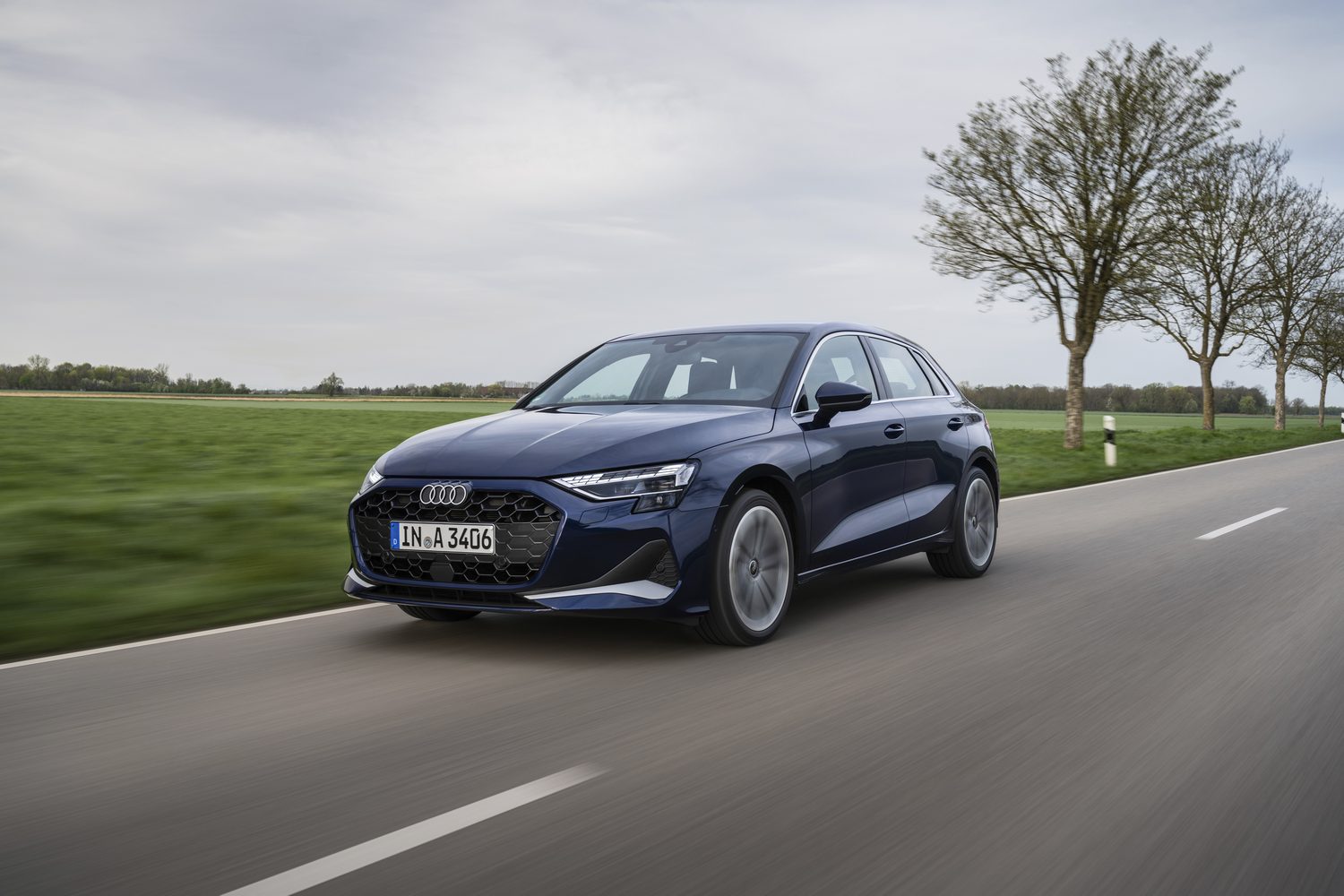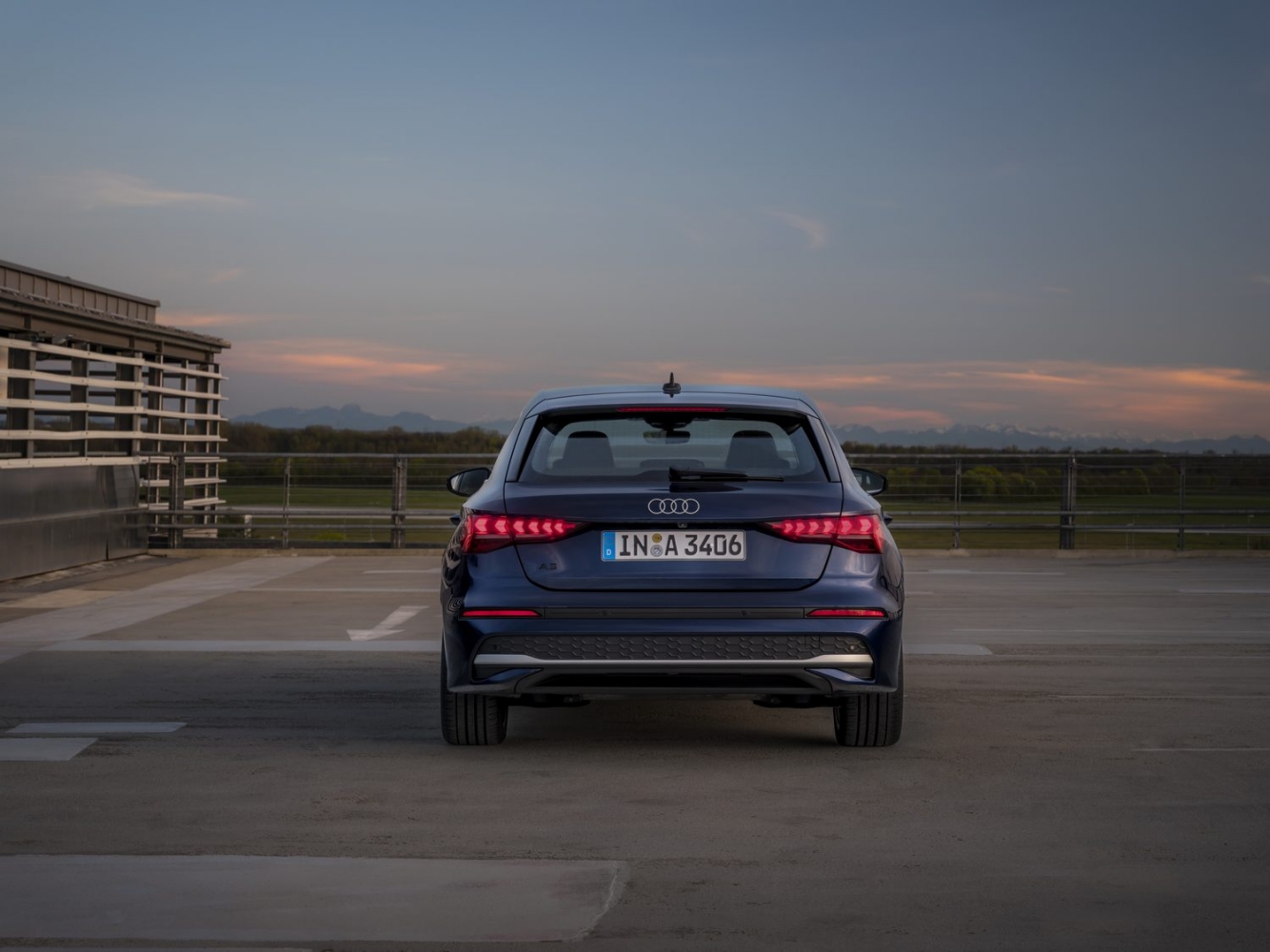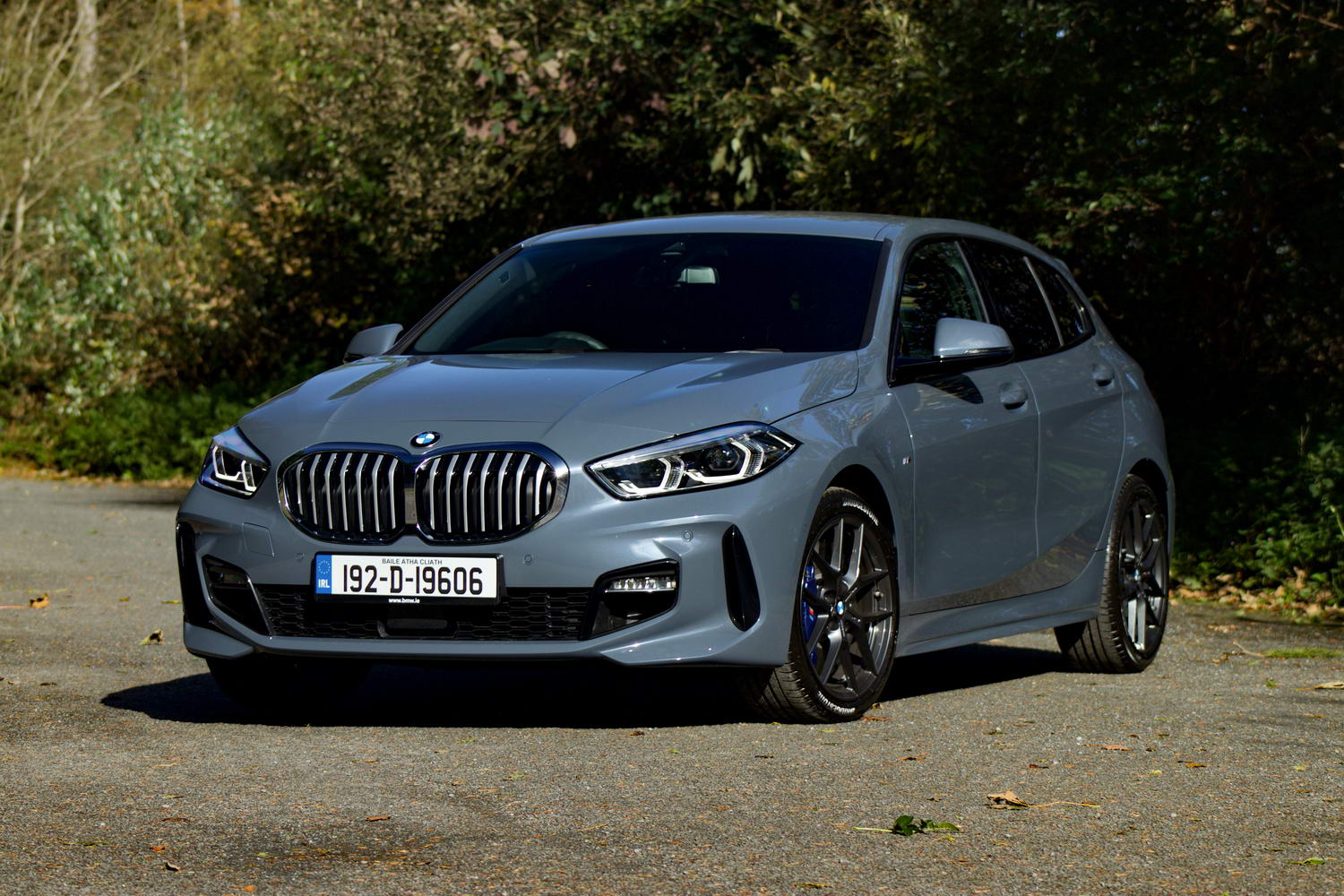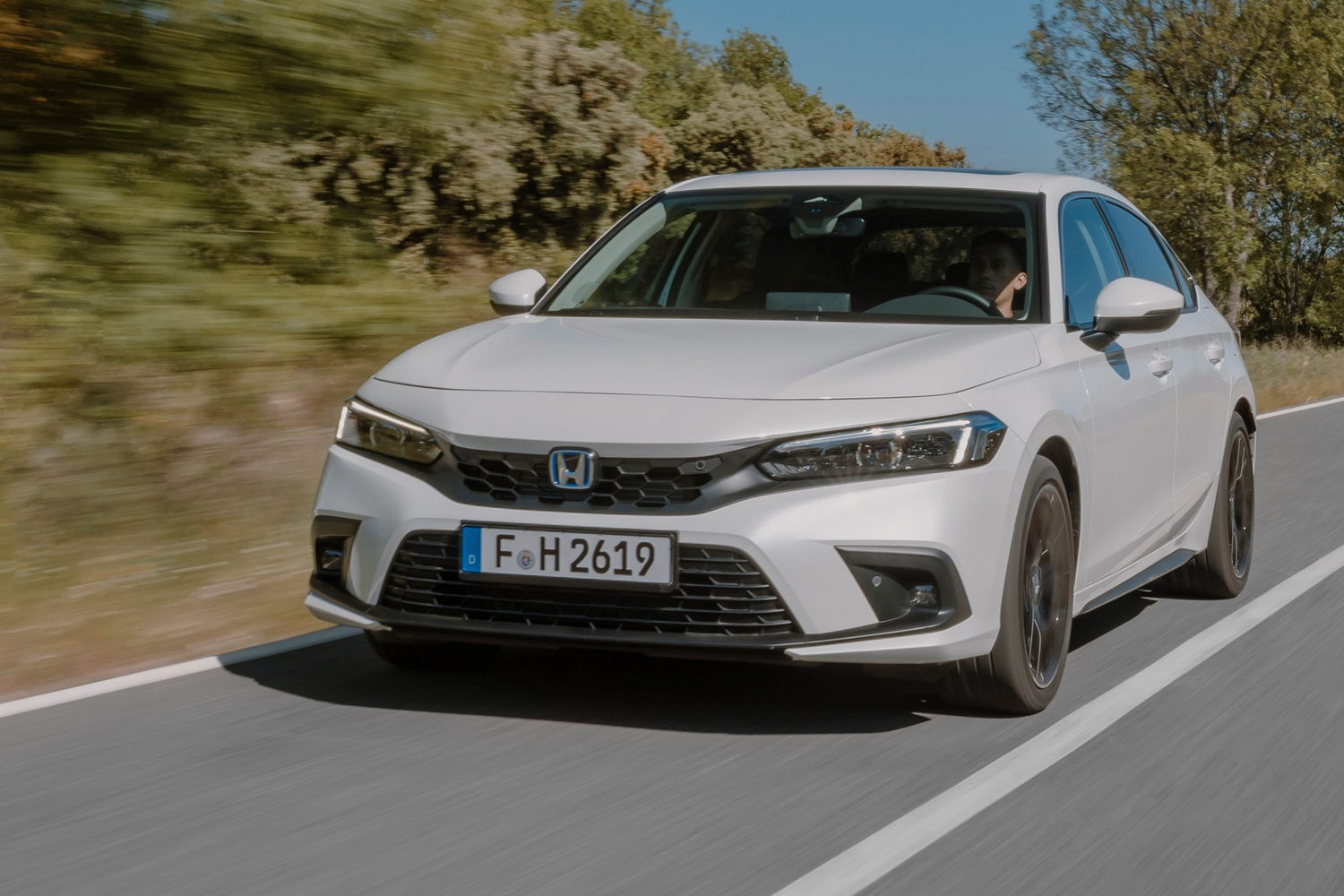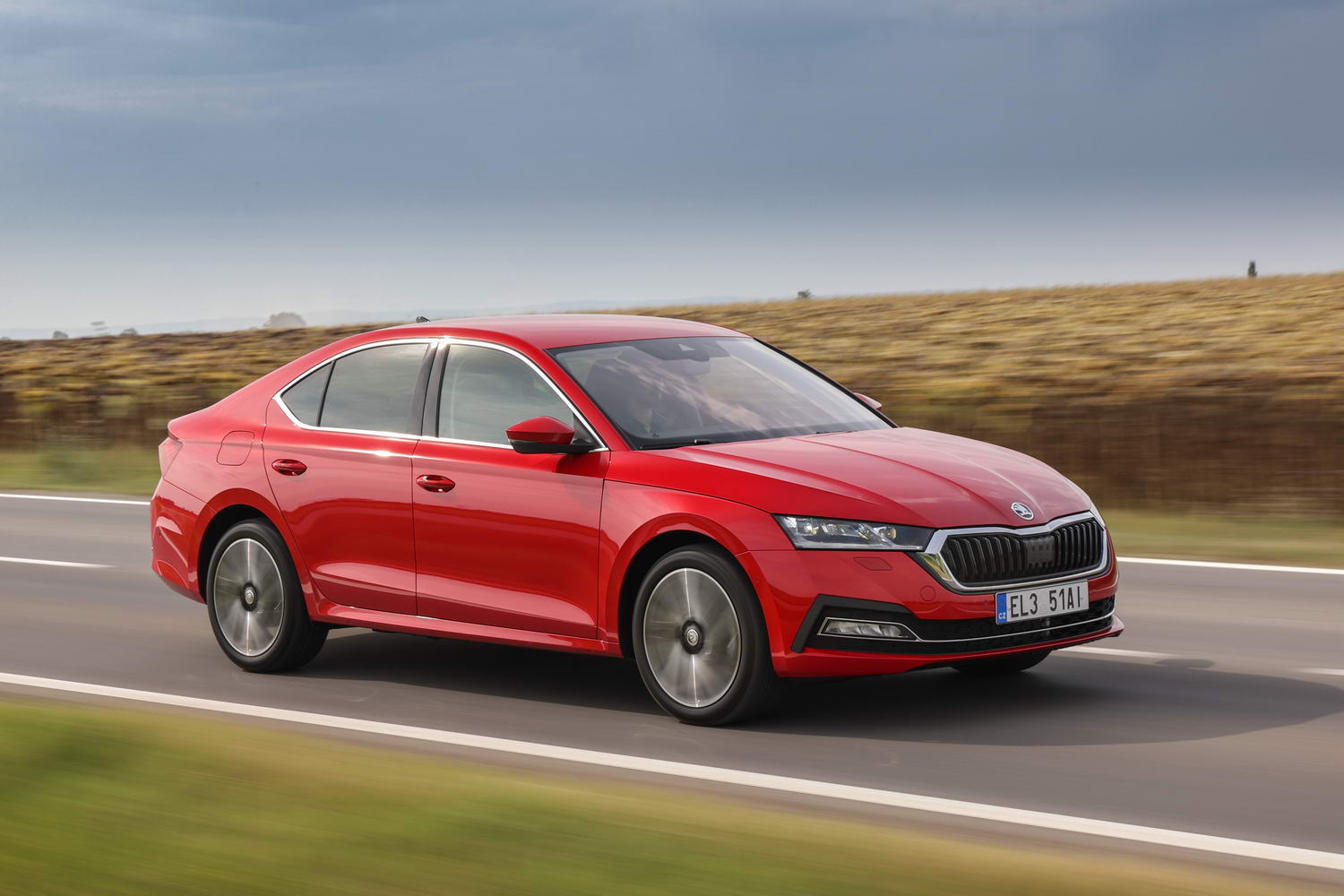Audi’s A3 is now well into its fourth generation and so it is time for the expected midlife update. Applying to both the five-door Sportback hatch and the four-door Saloon models, the A3 family receives revised looks, fresh paint colours and designs of alloy wheel, plus a host of extra standard-fit technology for the range, but drivetrain-wise nothing has changed. Is Audi playing it too safe?
In the metal
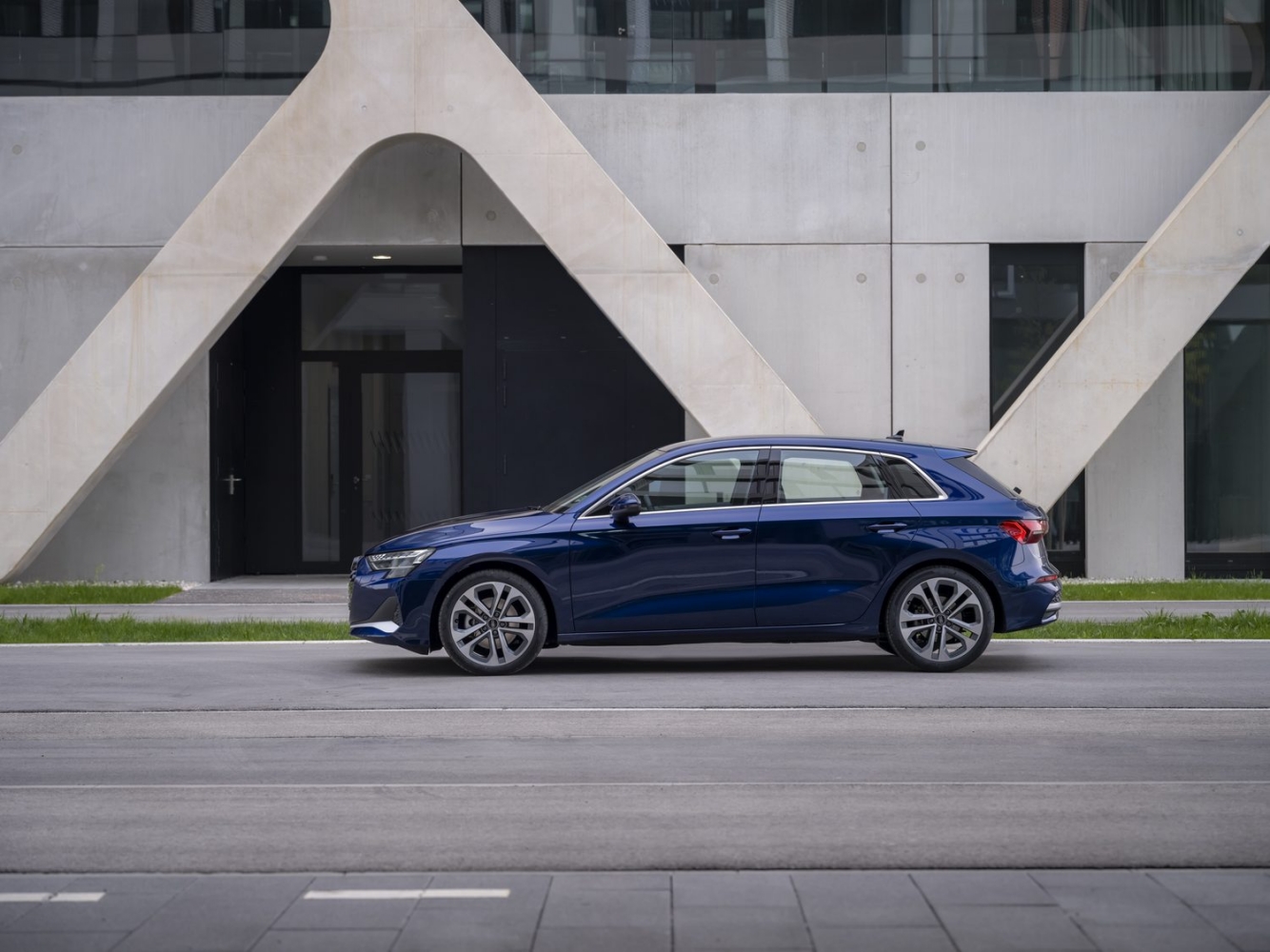
It’s at the front of the Audi A3 where this facelift is most obvious. The main change is that the ‘Singleframe’ grille, Audi’s trademark design feature, has lost the very frame that gives it its name, while it has also become flatter and wider. That has necessitated a different shape of air intakes in the lower bumper, while the headlights are also redesigned and now - for fans of distinctive light signatures on modern LED-equipped cars - can be configured through one of four different daytime running lamp patterns.
At the back are more reshaped LED lights and a lower bumper arrangement inspired by the mega RS 3’s diffuser, while along the sides the main alterations relate to new designs of 17- to 19-inch alloys and the model designation appearing on the B-pillars - something the A3 shares with the Audi Q8 e-tron. You can clothe all this mildly tweaked bodywork in one of five new colours, including the distinctive District Green.
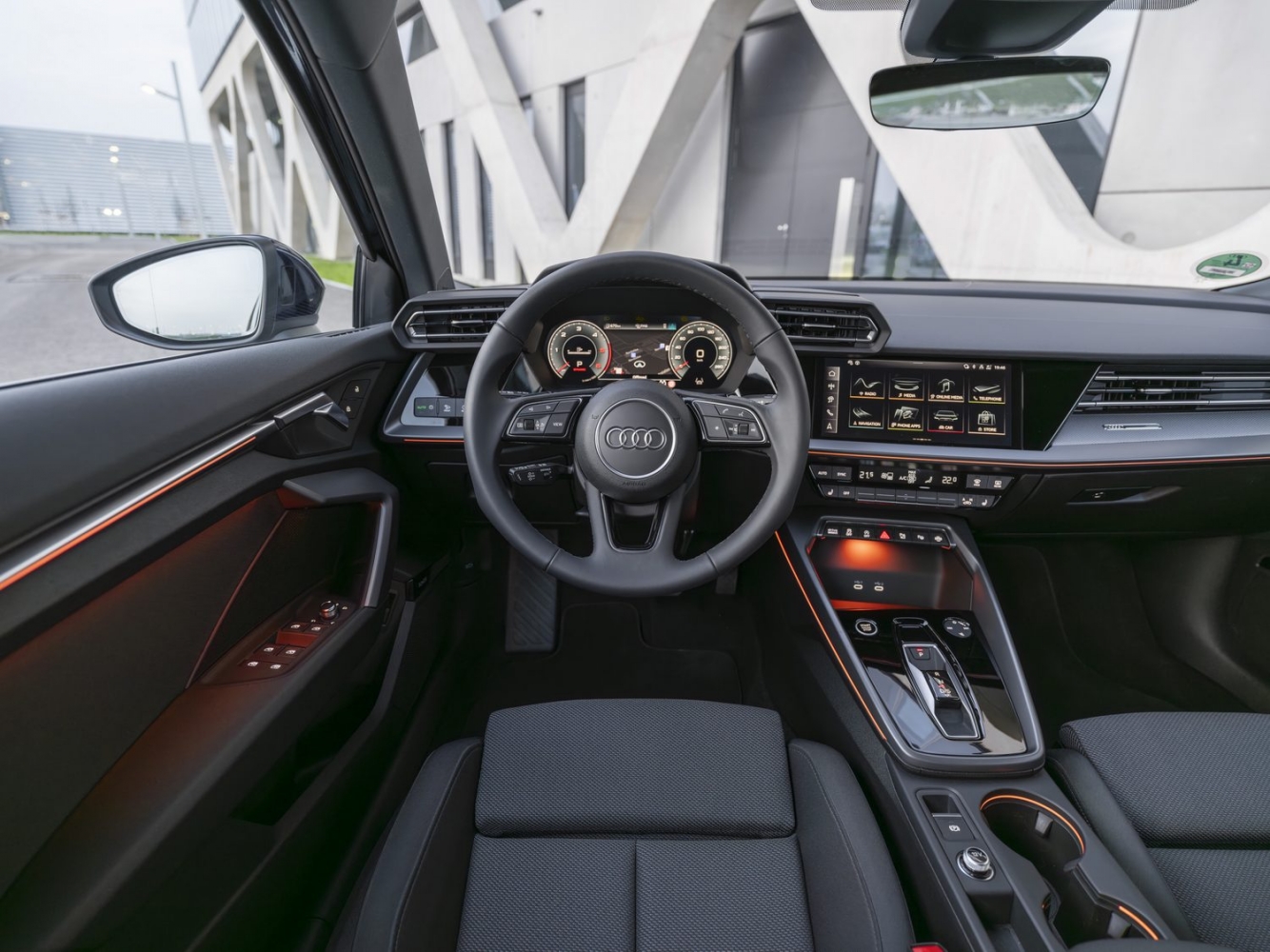
Inside, again the main structure isn’t too different, although pre-facelift A3 owners will recognise that the centre console and its attendant gear selector for the S tronic automatic transmission have changed design. There are also wider strip-like air vents in the fascia above, but beyond that it’s all about the tech. Every A3 in the range now comes with the Audi Virtual Cockpit Plus digital instrument cluster as standard, while both Audi Phonebox Light and the Audi App store enhance the connectivity of the car. Though Irish specifications have yet to be confirmed, we expect wireless smartphone charging, heated front seats, three-zone climate control, and front and rear parking sensors with Parking Aid Plus to become standard.
In terms of practicality, there are no changes, so you get a spacious cabin in the A3 that can accommodate four adults comfortably, either in Sportback or Saloon formats, while the boot measures 380 litres on the hatch and 425 litres for the four-door - remember, though, that the Saloon’s boot opening isn’t as useful as the full-height hatch on the Sportback, and that the five-door’s rear seats fold down to give a roomy 1,200-litre outright cargo space.
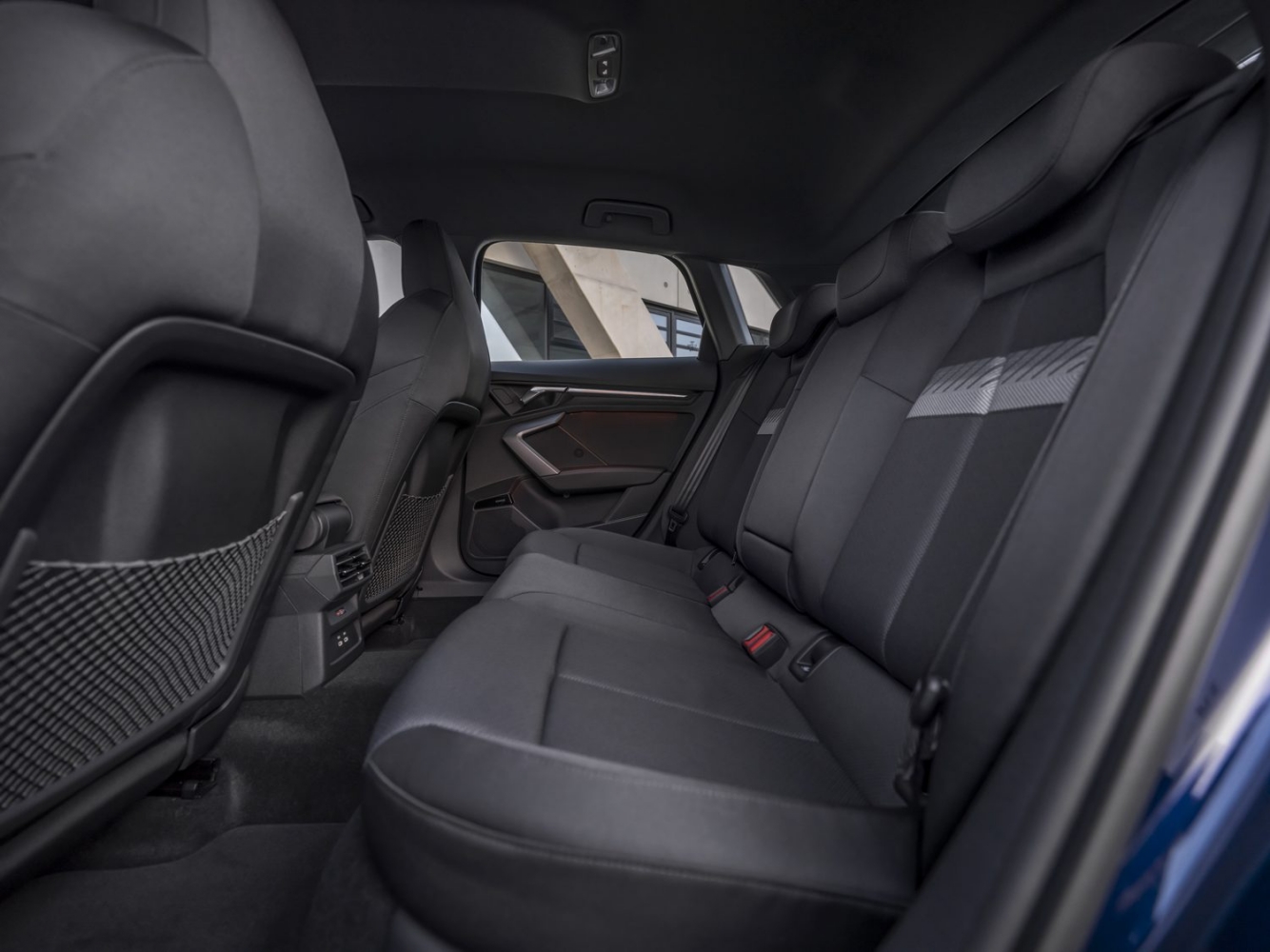
Driving it
While there is a lower-powered petrol model, likely called the 30 TFSI, on the way before 2024 is out, as well as the option of a six-speed manual gearbox on certain drivetrains and a plug-in hybrid also confirmed as being in the pipeline, for now the regular A3 range has just two choices: a petrol version badged 35 TFSI and a diesel, the 35 TDI.
Audi wants to move way from its (frankly baffling) two-digit numbering sequence eventually, to which end you won’t see ‘35’ anywhere on the exterior of the A3 - it’s only in brochures and for online configurators that it’s still used. But what it essentially means is that both TFSI and TDI A3s make 150hp. They are also both front-wheel drive and have their engines mated to a seven-speed S tronic dual-clutch automatic gearbox (until that manual arrives), so the main difference between the two - aside from which fuel you put into their fuel tanks, obvs - is that the petrol unit is a 48-volt mild-hybrid (MHEV) centred around a 1.5-litre four-cylinder engine delivering up to 250Nm of torque, while the 2.0-litre four-cylinder TDI is non-hybrid and produces a meatier 360Nm.
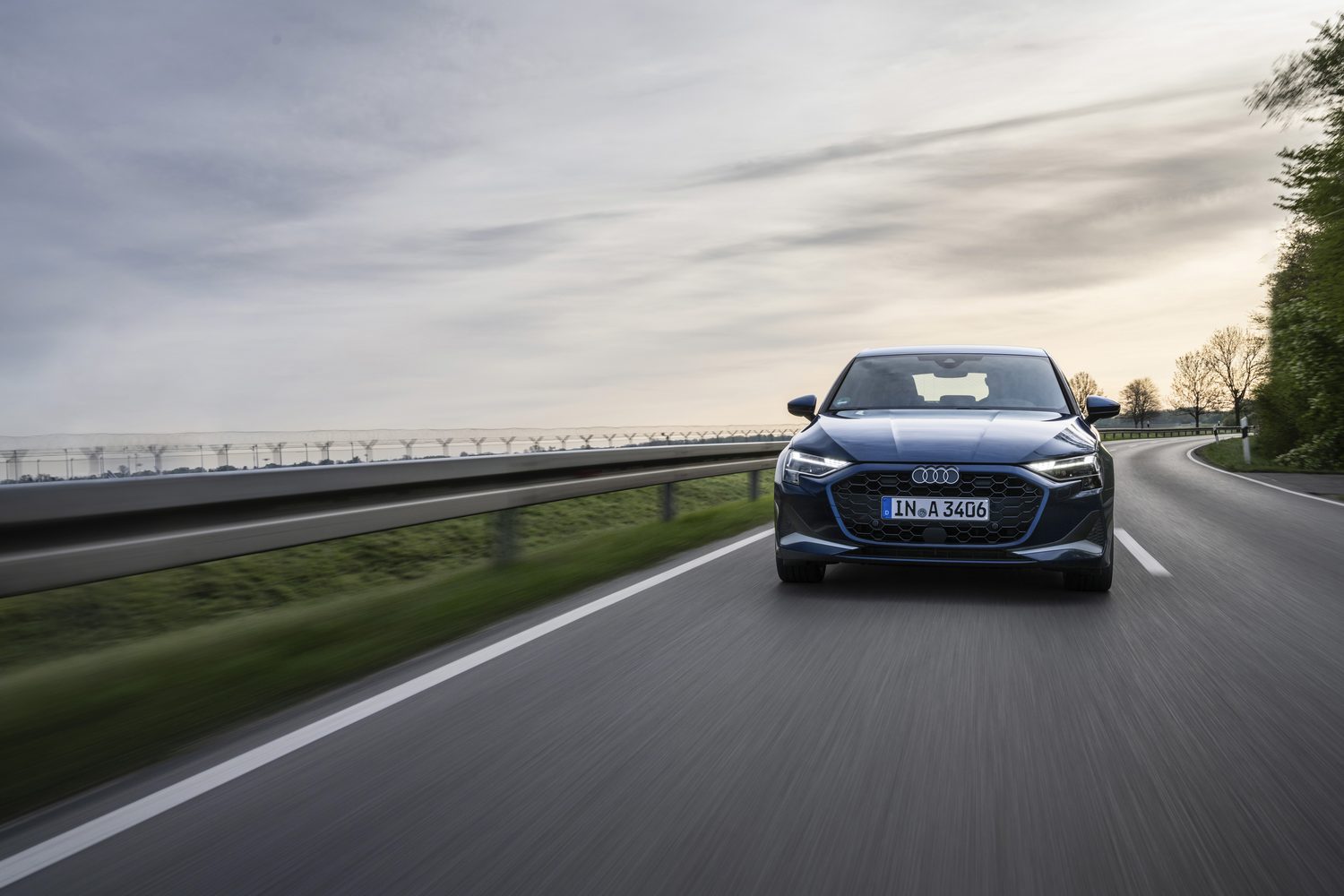
However, their on-paper performance is as near-identical as makes no difference, and we’re not just talking about 0-100km/h or their (irrelevant) top speeds - we also mean fuel economy and CO2 outputs. Actually, the latter are slightly in favour of the petrol engine thanks to that hybrid tech, but either way you’re getting an efficient car.
What separates them is mechanical refinement and if it weren’t for the fact that most of the world has become so rigorously anti-diesel in recent years, we’d be directing you in the direction of the 2.0 TDI. It’s quieter and stronger all throughout the rev range, and it feels a nice match for the A3’s laid-back, luxurious character. However, buyers are probably going to gravitate to this 35 TFSI MHEV instead, so what is it like?
Well, it’s fine. It has enough muscle and a lack of turbo lag to ensure that 250Nm of torque has no trouble shifting 1,400kg of car around, and if you don’t rev it beyond 3,500rpm then this engine is cultured and, admittedly, more vibration-free than the 2.0 TDI. The problem comes when you do venture beyond 3,500rpm, because we’ve noticed that the 1.5-litre Volkswagen Group engine is fairly raucous these days. Approaching its redline, not something owners will often do, granted, it even sounds coarse.
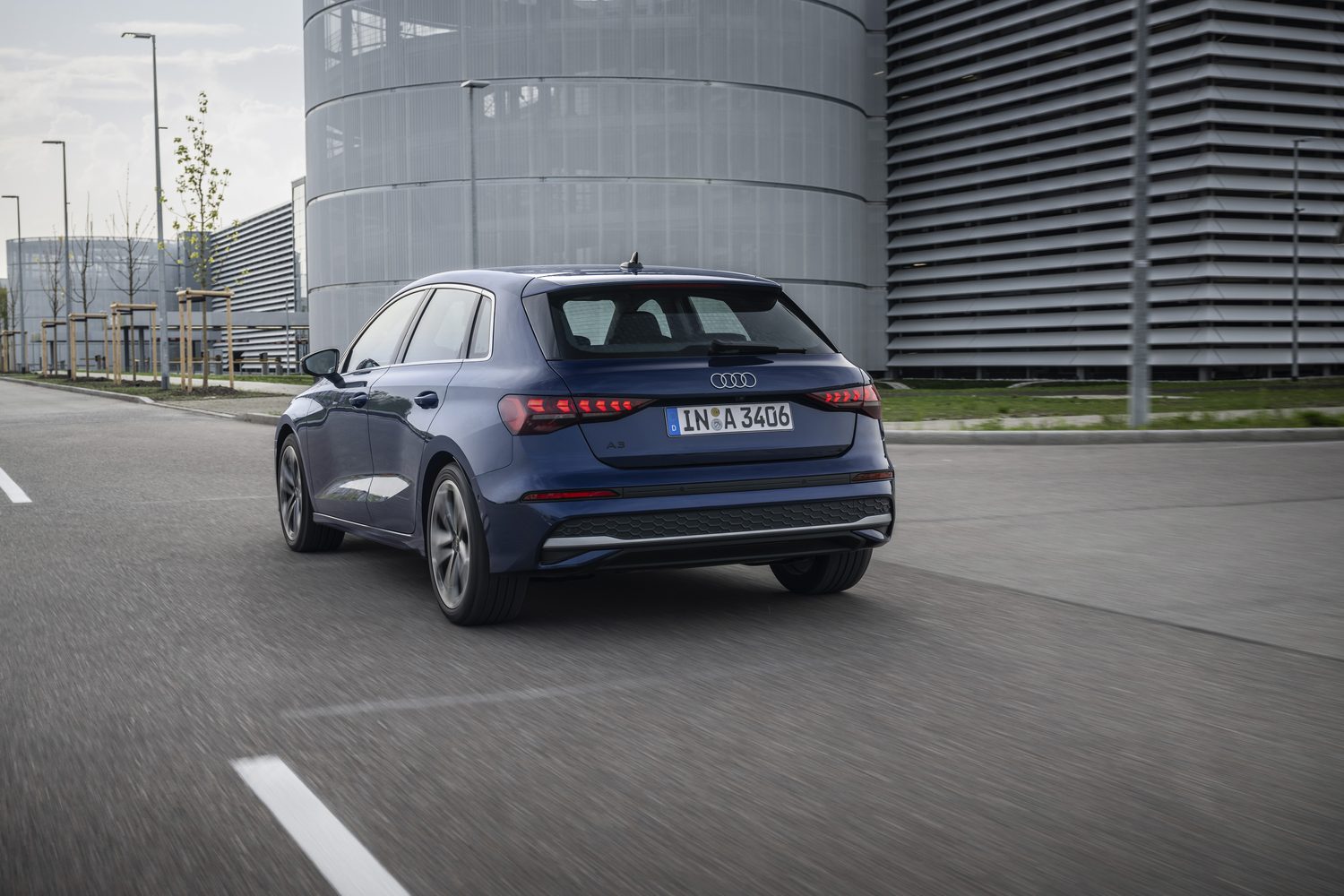
Also, we were in a car analogous with S line specification on big 19-inch wheels, finished in black, and fitted with the adaptive dampers. And yet the ride quality was firm, bordering on the uncomfortable. Too often, this A3 picked up relatively minor imperfections in the road’s surface and amplified them into noisy bumps in the passenger cabin, while it didn’t deal with rucked-up, washboard-type roads that well either. Like so many a modern car on sportier suspension, its dignity increased in line with road speed and the general quality of the tarmac, but overall, the suspension on this Audi was not the most comfortable we’ve ever dealt with. Maybe aim at a model on smaller wheels and non-S-line suspension if you want the supplest A3 experience.
Otherwise, this Sportback is as quietly assured and capable as the A3 has ever been. The suppression of both wind and tyre noise is excellent, while the ride (when it calmed down in its happier operating zones) is nicely controlled, and the S tronic auto proves a smooth, unobtrusive companion for the petrol engine. It’s an incredibly easy car to drive and place on the road, this A3, which is why it will win plenty of fans very quickly in the wake of test drives.
What you get for your money
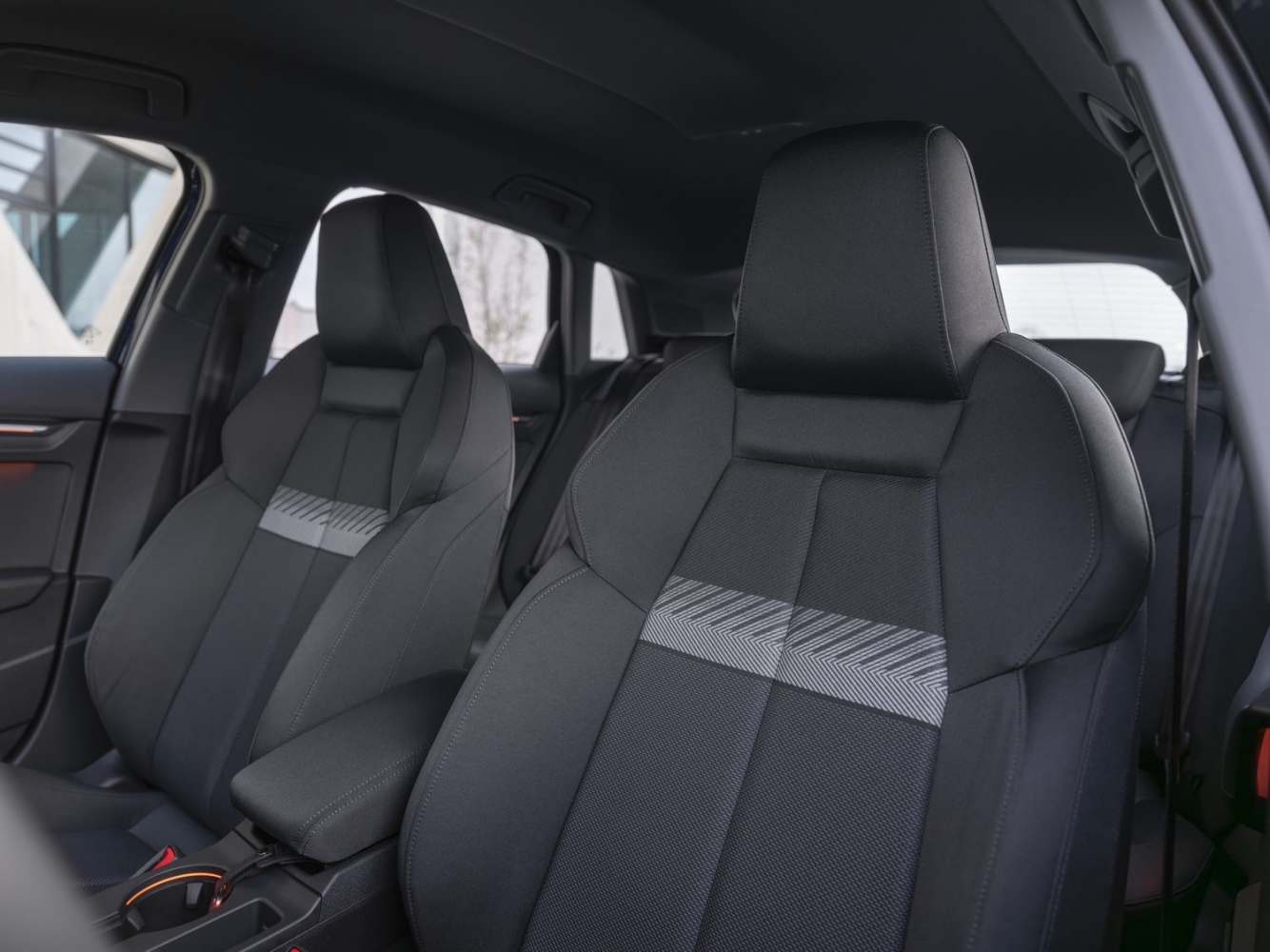
Audi Ireland hasn’t confirmed the price and specifications of the updated A3 line-up yet, so as soon as we have more details then we’ll update this section of the review. Naturally, like any other Audi, the A3 is seen as a premium product, so it will be priced alongside the likes of the BMW 1 Series and Mercedes A-Class, rather than the Ford Focus and Opel Astra, for instance.
Summary
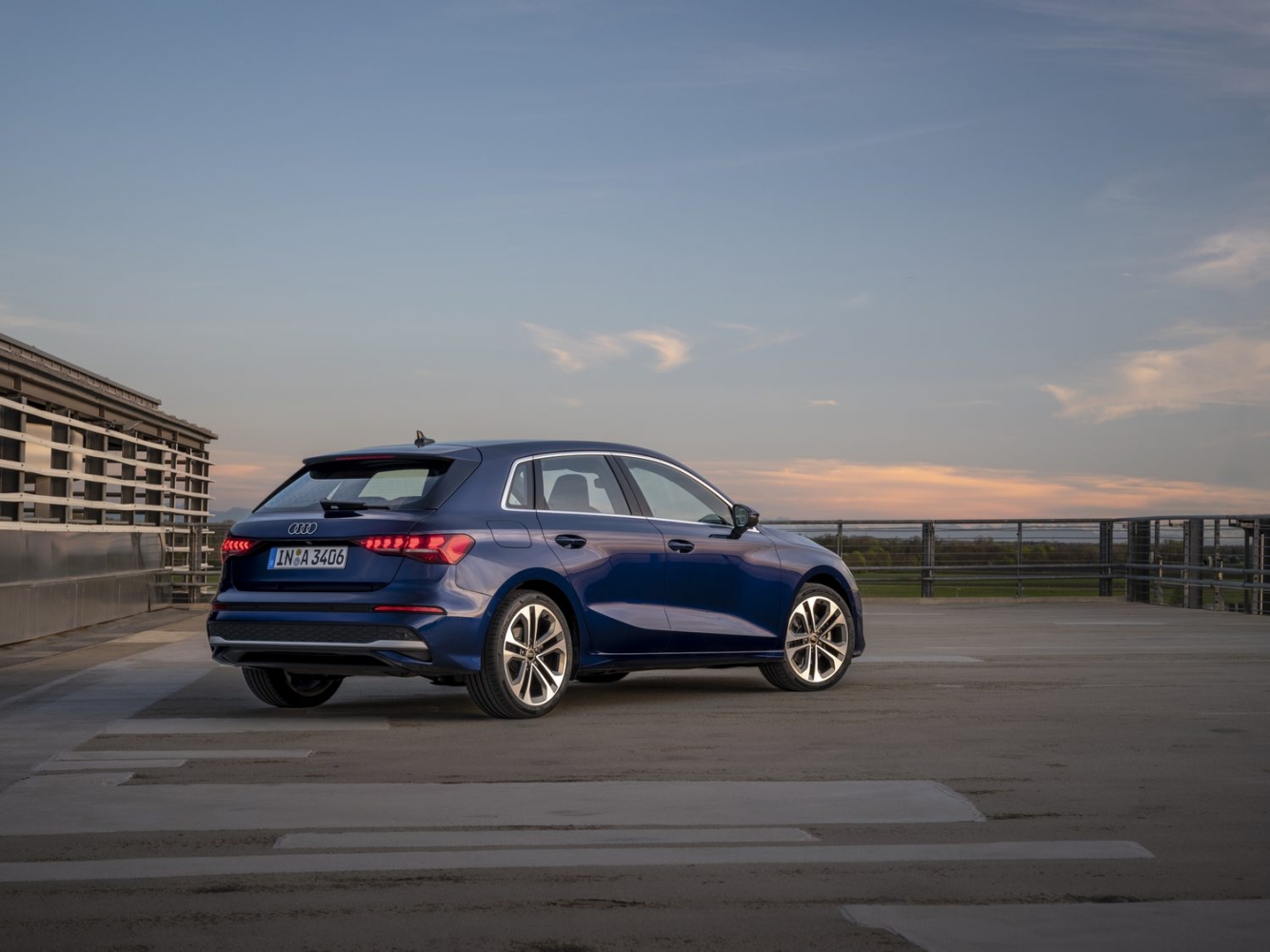
No major changes have been enacted on the Audi A3 as part of its facelift and, true, you could say it didn’t really need them. We’d be happier if the ride quality was more comfortable on the S line models with the 18- or 19-inch alloys, and the 1.5-litre engine can sound strained if you push it too far, but otherwise the A3 is a classy all-round operator that continues to be one of the better upmarket hatchbacks in this sector.

